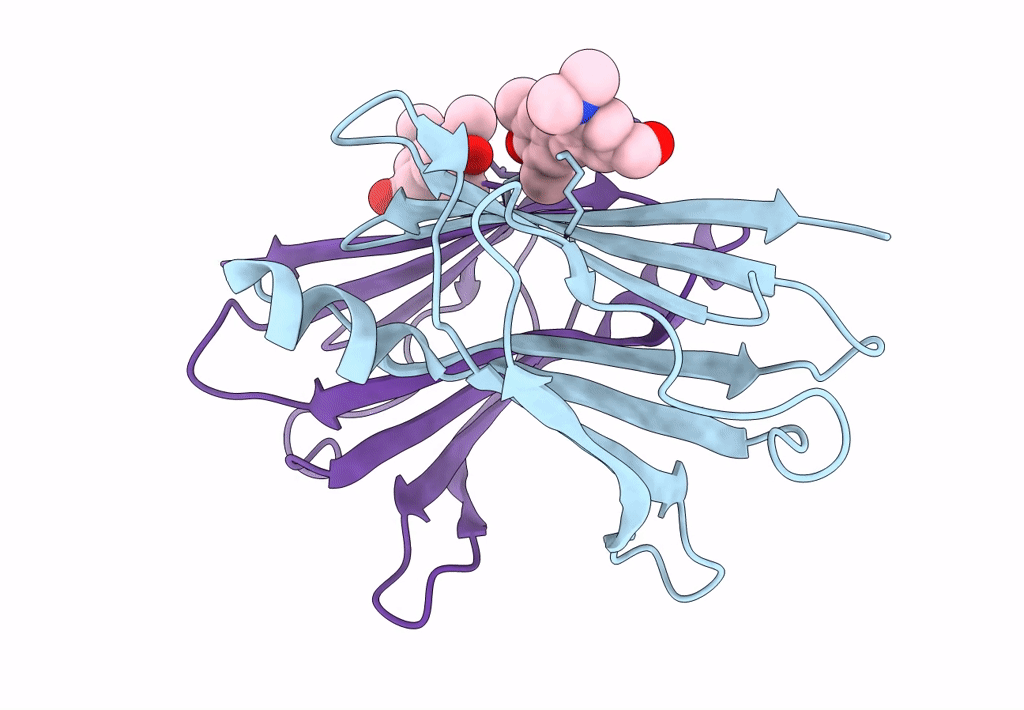
Deposition Date
2013-06-03
Release Date
2013-10-02
Last Version Date
2024-10-16
Entry Detail
PDB ID:
4L1S
Keywords:
Title:
Covalent modification of transthyretin K15 by yielding the fluorescent conjugate (E)-3-(dimethylamino)-5-(4-hydroxy-3,5-dimethylstyryl)benzamide
Biological Source:
Source Organism:
Homo sapiens (Taxon ID: 9606)
Host Organism:
Method Details:
Experimental Method:
Resolution:
1.50 Å
R-Value Free:
0.18
R-Value Work:
0.16
R-Value Observed:
0.16
Space Group:
P 21 21 2


